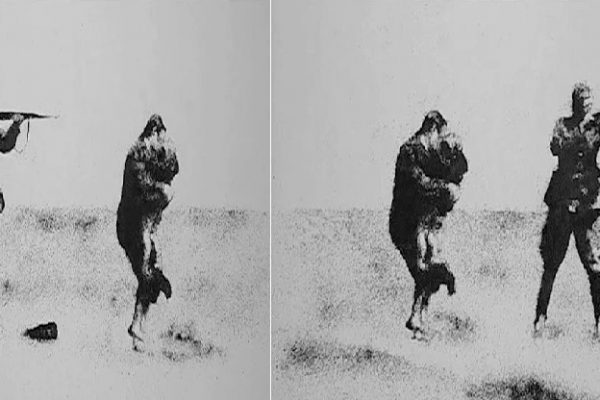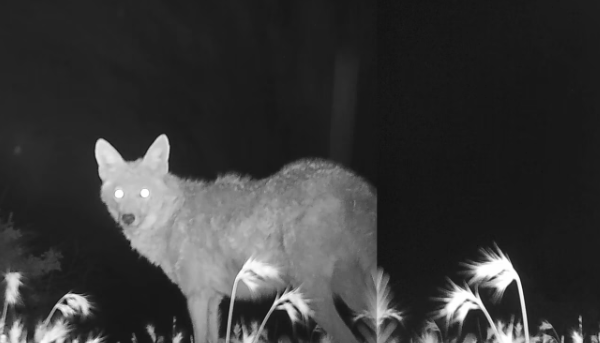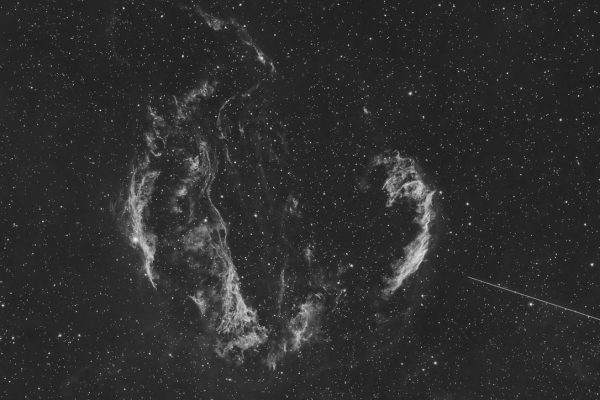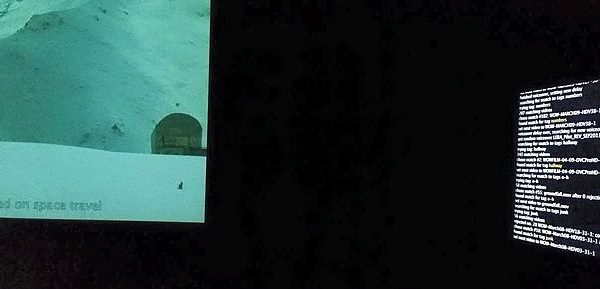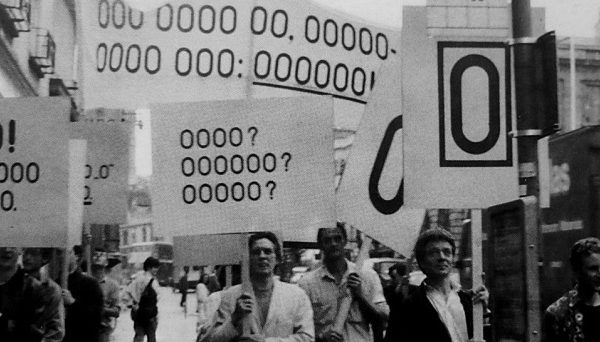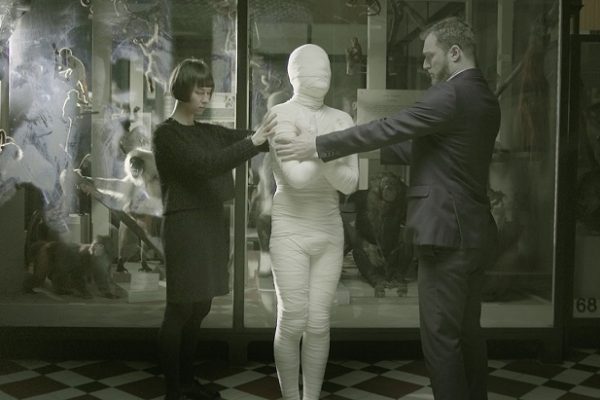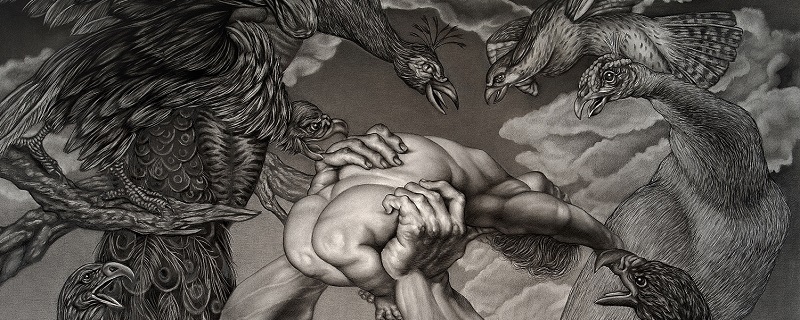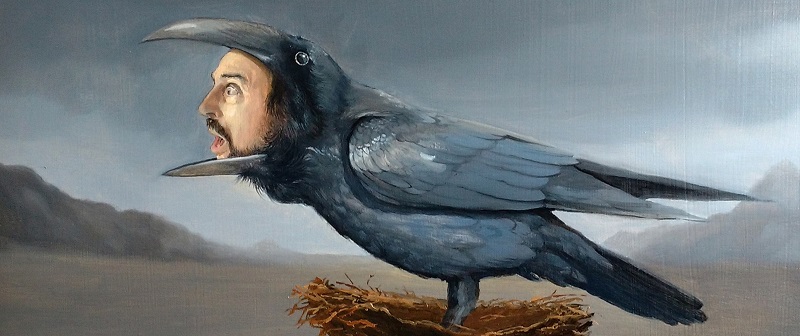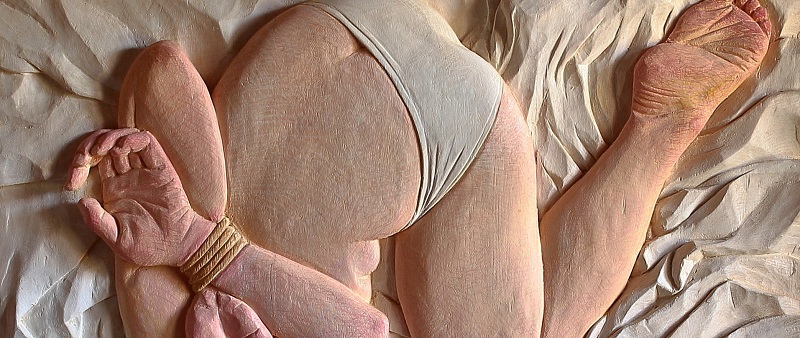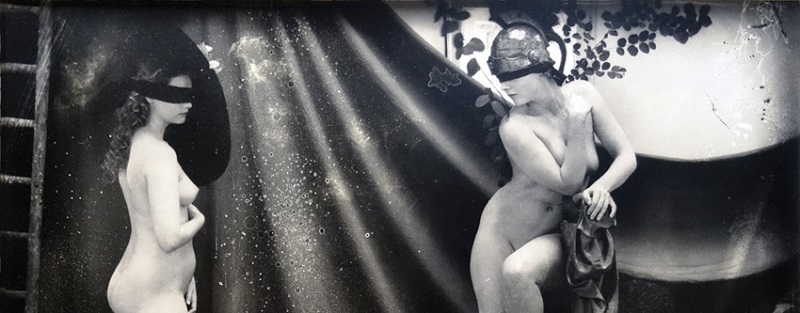The lament for the fleetingness of life is rarely expressed in the art before the Baroque, when the Vanitas genre reaches its maximum expression. Perhaps this could be related to the beginning of the human rebellion against death: neither the resignation to the collective destiny of the Middle Ages nor the Renaissance rationalism in whose limpid Euclidean spaces there was no place for the shadows. Miguel Scheroff, interested in the clair-obscure of human existence, in […]
Mes: mayo 2018
Miguel Scheroff, el ocaso de las especies
El lamento ante la fugacidad de la vida apenas se expresa en el arte antes del Barroco, cuando alcanza su máximo desarrollo el género de las Vanitas. Quizás ello pueda relacionarse con el inicio de la rebeldía humana contra la muerte: ni la resignación ante el destino colectivo propio de la Edad Media ni el racionalismo renacentista en cuyos límpidos espacios euclidianos no cabían las sombras. Miguel Scheroff, interesado en el claroscuro de la existencia, […]
Martínez Canovas. Highbrow? Lowbrow? What the hell!
Superstition, ignorance, hypocrisy, gluttony … there was no vice or stupidity that was not mocked in sayings and proverbs, in turn, translated into the visual arts by Flemish painters of the Renaissance. In the villages painted by Pieter Brueghel The Elder sanity would be a misunderstood exoticism while Hieronymus Bosch (devout and imaginative in equal parts) fused the popular saying «the world is a hay-cart» with Isaiah’s warning: «all flesh is grass». Martínez Cánovas also […]
Martínez Canovas. Highbrow? Lowbrow? What the hell!
La superstición, la ignorancia, la hipocresía, la gula…, no había vicio o estupidez que no fuera objeto de burla en refranes y proverbios, a su vez, trasladados a la plástica por pintores flamencos del Renacimiento. En las aldeas pintadas por Pieter Brueghel El Viejo la cordura sería un exotismo mal comprendido mientras que El Bosco (devoto y lisérgico a partes iguales) fusionaba el dicho popular el mundo es un carro de heno con la advertencia de […]
Nico Nubiola, staying afloat
Nico Nubiola‘s creatures are idle of necessity. The horizontal or curled up position is its natural state. The sheets adhere to their skin, seem to suffer a perpetual hangover. Sometimes we see them wandering around as lifeless bodies next to a roadside supermarket. Mass tourism is not good either for them, they end up devouring each other. Degraded substitutes of urban and leisure spaces only can locate subjects that are degraded in the same way: […]
Nico Nubiola, cuerpos grávidos
Las criaturas de Nico Nubiola son ociosas por necesidad. La posición horizontal o acurrucada es su estado natural. Las sábanas se adhieren a su piel, parecen sufrir una resaca perpetua. A veces los vemos deambular exánimes junto a un supermercado de carretera. El turismo masivo tampoco les sienta bien, terminan devorándose unos a otros. Sucedáneos decadentes del espacio público y del ocio sólo pueden cobijar sujetos del mismo modo degradados: los cuerpos mutilados de Camping […]
Joel-Peter Witkin, delicious horror
The reverse of consensual reality never before Joel-Peter Witkin had been shown with such diabolical perfection and such crossing of artistic genres. It was in the late Middle Ages when iconographies with cynical streak were developed to erode the status quo, being the mundus inversus (the donkeys riding the men, the rich serving the poor …) and the «macabre dance» those who mostly devastated social hierarchies and taboos. Bearing in mind that in medieval times the […]
Joel-Peter Witkin, horror delicioso
El envés de la realidad consensuada nunca antes de Joel-Peter Witkin había sido mostrado con tan diabólica perfección y enrevesado cruce de géneros. Fue en la Baja Edad Media cuando se desarrollaron iconografías que con jugosa vena cínica erosionaban el status quo, siendo el mundus inversus (los burros montando a los hombres, los ricos sirviendo a los pobres…) y la danza macabra los que mayormente arrasaban con jerarquías sociales y tabúes. Teniendo en cuenta que en época […]

